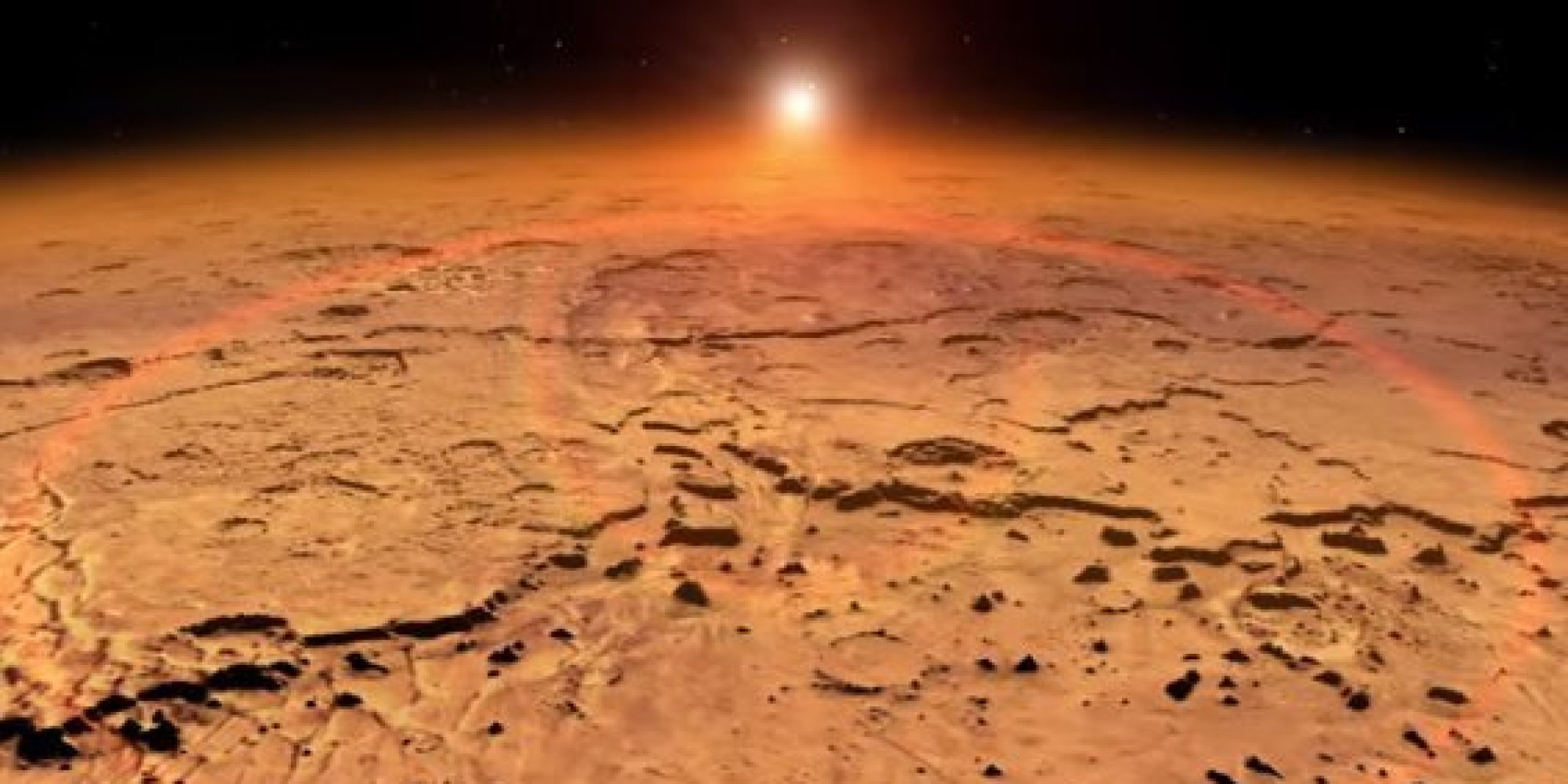Bianca Ruba and Jamie Thorburn | Editing Team
After years of extensive research and investigation, NASA has announced that they have found evidence of flowing liquid water on Mars. The liquid trickles leaving long, dark stains on the Martian terrain that can reach hundreds of meters downhill in the warmer months, before they dry up in the autumn as surface temperatures drop.

However, scientists are unsure where the water comes from, but it may rise up from underground ice or salty aquifers, or condense out of the thin Martian atmosphere.
Due to this recent discovery, scientists are hopeful that it is possible to be habitable one day as it now contains one of the vital resource we need to be able to survive.
However, the 1967 Outer Space Treaty, outlines that the rules for space exploration along the principles of mutual cooperation, states that exploration will be conducted in such a way as to avoid contamination from Earth life. Furthermore, rovers that have been sent to Mars have been said to be unsterilised to go where liquid water may be present and in order to be completely sterile, they’d have to use really powerful ionising radiation or heat, both of which would damage the electronics.
What’s the solution? NASA plans on sending humans to Mars for the first time in 2030, so maybe some lucky astronauts will get to see liquid Martian water with their own eyes. Another option would be to send robots to Mars that are capable of building other robots that can investigate that water with little risk of contamination. Last year, NASA announced that it is developing robots that can print 3D infrastructures of Mars, so this could well be a possibility.
Could this one sighting, of a chemical that makes up most of Earth, change the argument for extra-terrestrial life forever?

